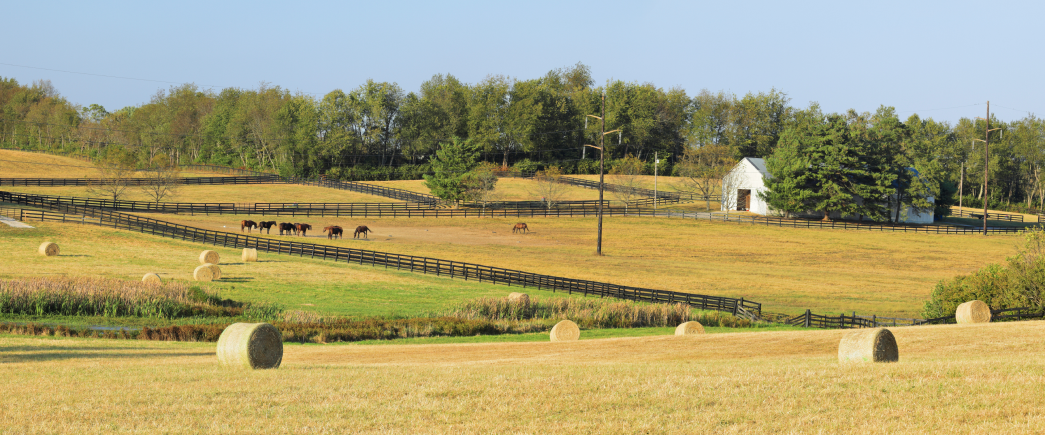
Community Facilities Direct Loan and Grant Program
Grant Insights
The purpose of the Community Facilities Direct Loan and Grant Program is to provide affordable funding to develop essential community facilities in rural areas. An essential community facility is defined as a facility that provides an essential service to the local community for the orderly development of the community in a primarily rural area. Program loan funds are authorized through the Rural Development Insurance Fund (RDIF), while program grant funds are authorized through Section 306(a)(19) of the Consolidated Farm and Rural Development Act.
The program prioritizes small communities with a population of 5,500 or less and low-income communities with a median household income below 80% of the State’s non-metropolitan median household income.
| Key Updates | U.S. Department of Agriculture – Rural Development |
| Funding Opportunity | Community Facilities Direct Loan & Grant Program |
| Application Due Date | TBD (FY22 NOFO was due 1/27/2023) |
| # of Programs: | · Low-Interest Direct Loans · Grants · A combination of the two, as well as the program’s loan guarantee program |
| Total Funding Available | Loan and grant funds are made available based on State allocation and the State Director’s request for an obligation of funds. |
| Award Minimum | N/A |
| Award Maximum | N/A |
| Recipient Cost-Share/Match Requirements: |
Community facilities grant funds can be approved for up to 75% of the total project cost. |
| Summary |
Funds can be used to purchase, construct, and/or improve essential community facilities, purchase equipment, and pay related project expenses. |
| Eligible Applicants | · Public bodies · Community-based non-profit corporations · Federally recognized Tribes *Rural areas, including cities, villages, townships, and towns, including Federally Recognized Tribal Lands with no more than 20,000 residents, according to the latest U.S. Census Data, are also eligible for this program. **Nonprofit corporations must have significant ties with the local rural community or region. |
| Special Consideration | Applicants must have legal authority to borrow money; obtain security; repay loans; and construct, operate, and maintain the proposed facilities. Applicants must be unable to finance the project from their resources and/or through commercial credit at reasonable rates and terms. Facilities must serve in the rural area where they are/will be located. All projects must demonstrate substantial community support, and an environmental review must be completed and acceptable. |
| Notes | Selection priorities: · Small communities with a population of 5,500 or less. · Low-income communities with a median household income below 80% of the State’s non-metropolitan median household income. · The proposed project must correct a health or sanitary problem or meet a health or sanitary standard. · The proposed project’s purpose is to construct, enlarge, extend, or otherwise improve a Public Safety or Healthcare facility. There is a statutory requirement that all public bodies, Tribes, and non-profit applicants provide evidence that the project has gained significant community support in the form of certification for each project or facility from any affected local government body or Tribal government. *See Page 2 of the Fact Sheet (provided on USDA-RD’s webpage for this program) for information on Direct Loan terms and rates and the graduated scale for determining Grant Assistance eligibility, which indicates that smaller communities with the lowest median household income are eligible for projects with the highest proportion of grant funding. Contact your local Rural Development office with your project of interest to begin the application process and get your project-specific questions answered. |
| Contact Information |
Dan Fischer Janette Womack |
